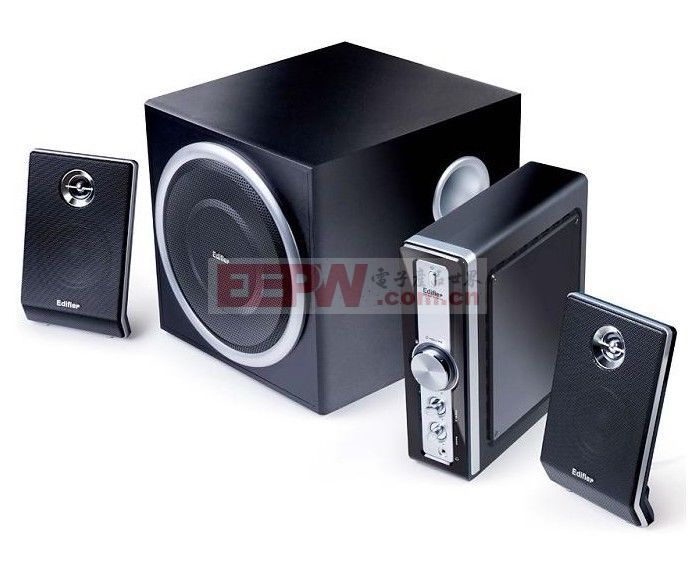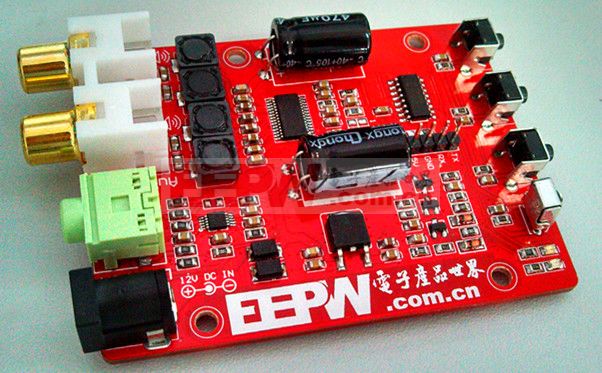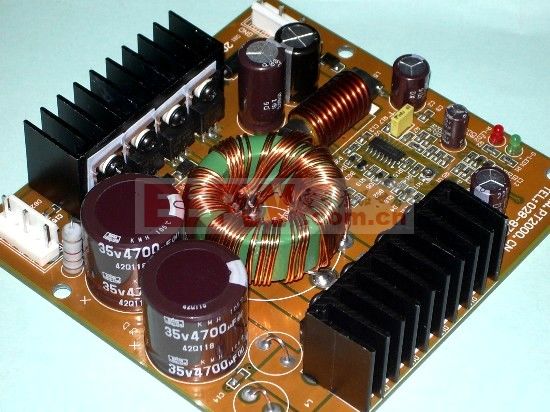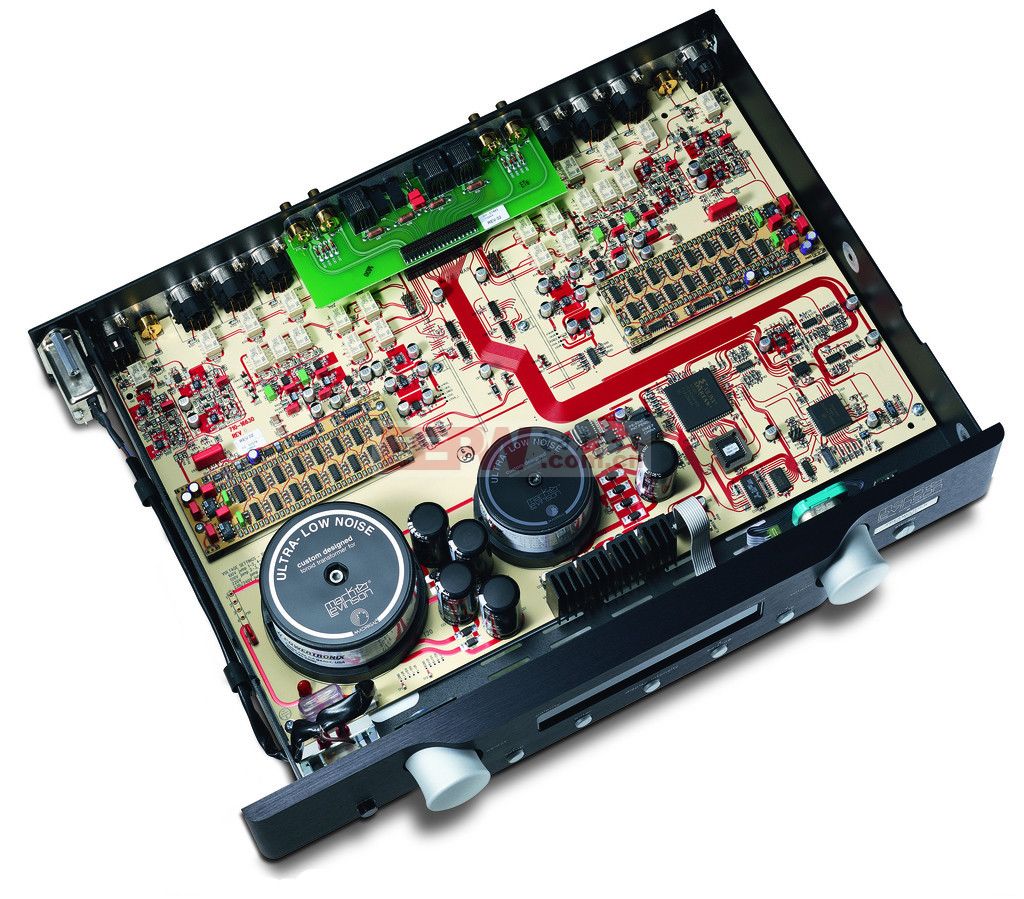Introduction: A power amplifier, as its name suggests, is a device that amplifies power. But how does a power amplifier actually work? Let's dive into the details and understand the core principles behind it.
First, What is a Power Amplifier?
A power amplifier, often referred to as a PA, is a crucial component in audio systems. Its main function is to take a small input signal and increase its power level so that it can drive speakers or other output devices effectively. This process ensures that the sound produced is clear, powerful, and of high quality. The power amplifier plays a central role in determining the overall performance of an audio system.

Second, Working States of a Power Amplifier
Power amplifiers operate in different modes, each with unique characteristics. The three main working states are Class A, Class B, and Class AB. Understanding these will help you choose the right type for your application.
Class A: In this mode, the active device (like a transistor) conducts current throughout the entire signal cycle. This results in low distortion but also lower efficiency and limited power output.
Class B: Here, the device only conducts during half of the signal cycle, which increases efficiency but introduces more distortion. It’s commonly used when efficiency is a priority.
Class AB: This combines the best of both worlds. It reduces distortion from Class B while improving efficiency over Class A. It’s widely used in modern audio equipment due to its balanced performance.

Third, The Basic Components of a Power Amplifier
A typical power amplifier consists of three main stages: the preamplifier, driver amplifier, and the final power amplifier. Each has a specific role in the amplification chain.
Preamplifier: This stage is responsible for receiving the input signal and adjusting its level. It ensures the signal is strong enough to be processed by the next stage without introducing noise or distortion.
Driver Amplifier: After the preamplifier, the signal is further boosted by the driver amplifier. This stage prepares the signal for the final power stage, ensuring it can drive the power amplifier efficiently.
Final Power Amplifier: This is the most critical part of the system. It takes the already amplified signal and boosts it to a level that can drive speakers. The performance of the entire amplifier largely depends on this stage.

Fourth, How Does a Power Amplifier Work?
The goal of a power amplifier is to increase the power of an electrical signal. This is typically done using either a bipolar junction transistor (BJT) or a field-effect transistor (FET).
For example, in a BJT-based amplifier, a small base current controls a much larger collector current. This allows the transistor to act like a current-controlled switch, amplifying the input signal significantly. The amplified signal is then isolated using a capacitor to remove any DC components, leaving a clean AC signal ready for output.
In FET-based designs, the principle is similar, but instead of controlling current, the gate voltage controls the current flow through the channel. This allows for efficient voltage amplification, which is essential for high-performance amplifiers.

Understanding the principle of power amplifier is key to designing and selecting the right audio system. Whether you're building a home theater, a live sound setup, or just curious about how your favorite music gets louder, knowing how these devices work can make all the difference.
Differential Mode Ring Inductance,Differential Mode Inductor Series,Differential Mode Filter Inductor,Differential-mode choke
Xuzhou Jiuli Electronics Co., Ltd , https://www.xzjiulielectronic.com